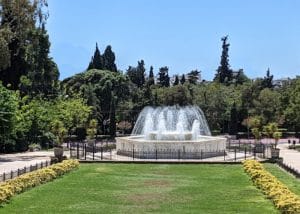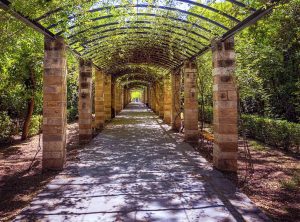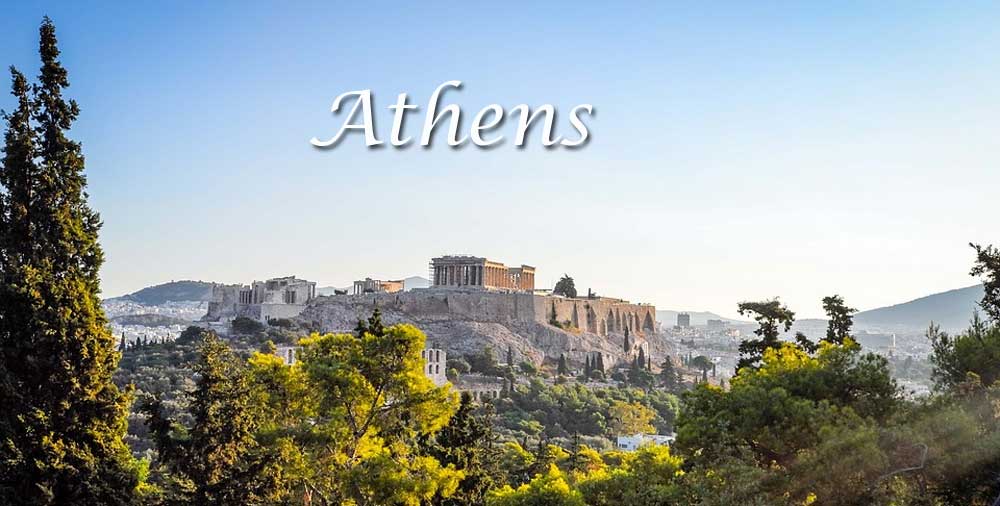The National Garden of Athens

The Garden, with a total area of 154,000m², began to take its current form during the reign of Otto (1832 – 1862) and in particular was exclusively the work of Queen Amalia, known for her love for the land and her effort to creates beautiful green spaces in Athens, influenced by the tradition in its homeland with gardens and large parks.
Parts of columns near the lake located near the entrance on Vasilissis Sofias Avenue. In the background, the small lake
Her vision was to create the first scientific and botanical garden in Greece and she spent endless hours a day overseeing its construction, transportation and planting of plants, often sitting on a rock, in the southeastern part of the Garden, about 6 feet high. meters, known as the rock of Amalia.

Also in the Garden are some very small buildings, such as the former office of the French gardener Baro, built in 1848 and now the building of the Children’s Library, which was founded in 1984, the Botanical Museum, former royal pavilion (in Ziller design), the nursery, the greenhouse, the administration offices as well as the cellar,a cooling chamber of the Palaces that has now been converted into the public toilets of the Garden. Until recently, the picturesque Garden Cafe was operating, which was located at the entrance on Herod Atticus, next to the Barracks of the Evzoni of the Presidential Guard.
